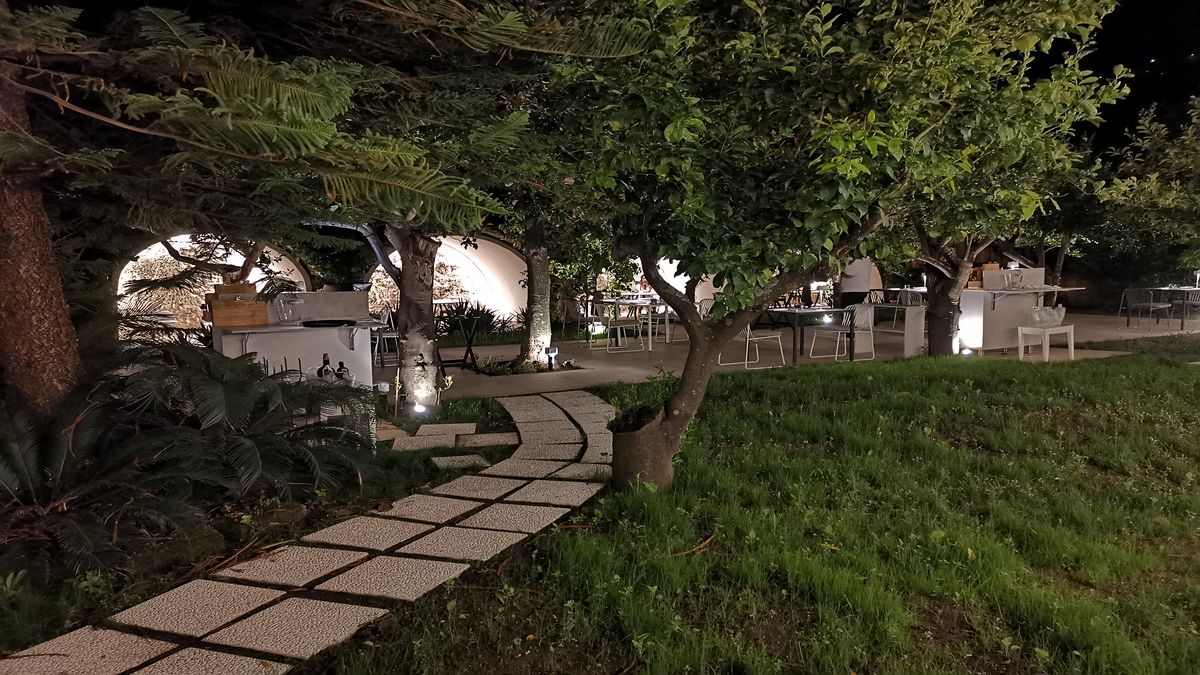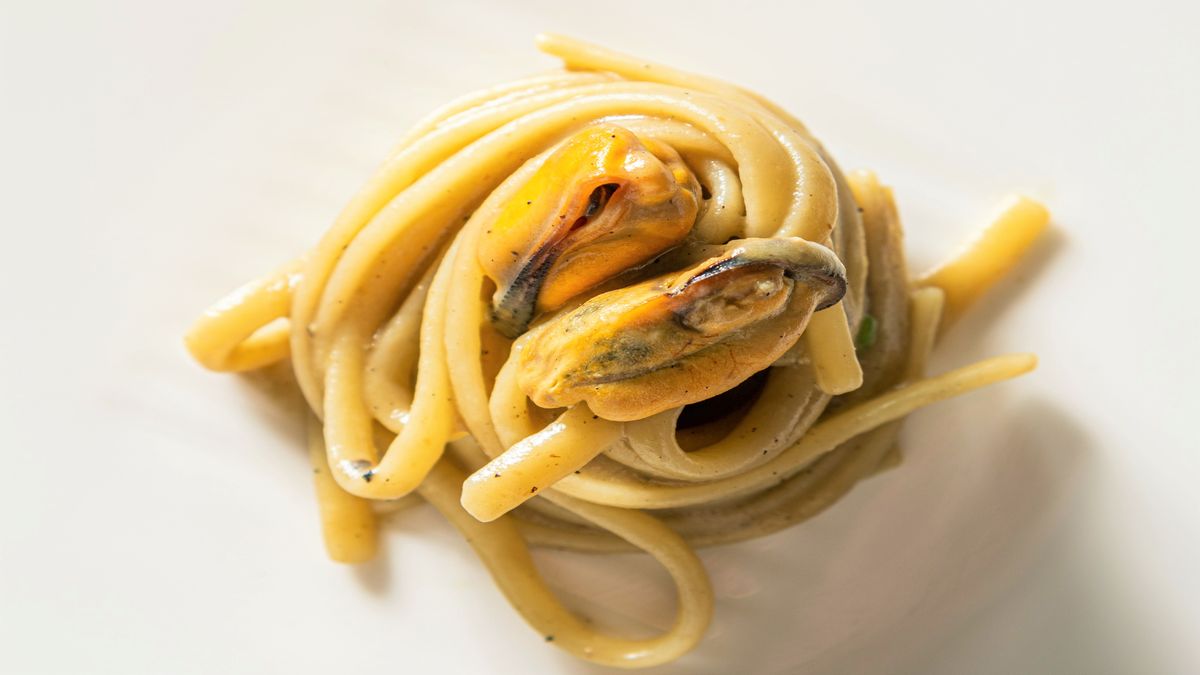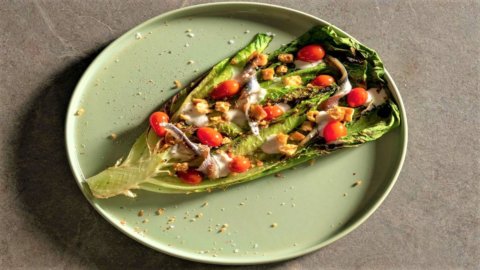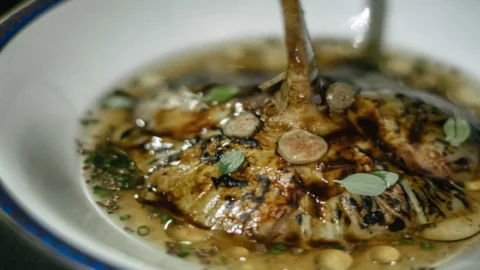For generations and generations of the south it was the fulcrum of family domesticity. A source of heat to heat the cold rooms of social housing in winter especially (not those of the gentlemen who had precious fireplaces in their buildings), around which women gathered to talk, strategically placed under the large marble tables in the kitchens , fulcrum of family life, to warm up the family at dinner, the children who studied there in the afternoon after returning from school, the men who, returning from work, rested from the daily labors in the fields playing cards, and also to dry the clothes that they were placed on a wooden bell placed above the need. But above all it was a moment of great social function, a silent but present witness of dealing with the problems of daily life, of the family, of work, of the present and the future, of relations with the community. Its use was a ritual that was renewed every morning when it was placed on the balcony or terrace to burn the wood mixed with charcoal which was then transformed into embers which would give relief to the family during the day. And it was a ritual to make its function last for a long time by moving the ashes from time to time with a bronze shovel to revive it.
For today's young people, that mysterious object that can still be found in some antique markets, which the Neapolitans called, due to its function "a vrasera", a low and wide copper or brass container sometimes equipped with two handles to facilitate its transport, he says little or nothing, at most they mistake it for a plant pot saucer, a function to which it is destined by some nostalgic enthusiast of times gone by.
But vrasera actually tells an extraordinary story of a southern Italy where first the patriarchal family and then the nuclear family continued to gather around the domestic hearth before the advent of the modern family with its explosive centrifugal force erased centuries of family history in one fell swoop.
A group of friends were inspired by this ancient world but so full of authentic meanings and values who gave life to Sorrento in a format of absolute originality which is anything but a rearguard operation, but it is characterized by strong relevance for recover after two years of pandemic, the desire to go back to enjoying moments of conviviality lost due to the restrictions imposed by health measures, to rediscover the value of meeting, of human relationship, of the long and relaxed dimension of a conversation between friends as an antidote to the pervading frenzy of a way of life measured in minutes and seconds of this season marked by the times of the web. This philosophy is proposed in two thousand square meters surrounded by greenery, miraculously emerged from the historic center of the coastal town, behind the Cathedral, leaning against the ancient sixteenth-century walls, are the remains of the ancient fortification built following the Saracen invasion of 1558.
It is accessed from a narrow alley, hidden from most, a few meters from the crowded Corso d'Italia, the obligatory procession of mass tourism that invades the town, and suddenly one has the impression of entering a new destabilizing dimension . You are welcomed by a Renaissance-type stairway with two ramps that heralds who knows what architectural glories and instead, once you reach the top, you find yourself in large garden with a garden of seasonal vegetables, tomatoes, peppers, courgettes, aubergines and numerous fruit trees, oranges, lemons, plums, figs, apricots, impressive olive trees, which mark the spaces to live in, which refer you to the values of the earth and its important natural function that Covid has taught us to rediscover for our well-being. The large wooden structure that houses the kitchens and the covered part of the restaurant with large open walls and large windows seems to take you back to Balinese architecture instead. In this melange of references to naturalness, a refined cuisine entrusted to the expert hands of the master dominates chef Vincenzo Incoronato, trained at the Hotel School of Vico Equense, the same in which Antonino Cannavacciuolo and Gennarino Esposito were born, solid experiences in important restaurants in Norway, where the watchwords for years have been sustainability, and commitment to the use of quality products, together to a wise use of smoking and fermentation. And with him there is Andrew Guarracino, which boasts two fundamental working experiences: Palazzo Petrucci, starred certainty of the best Neapolitan cuisine signed by Chef Lino Scarallo and then Don Alfonso 1890, the reign of Alfonso and Ernesto Iaccarino mythical restaurant of Sant'Agata sui due Golfì, the first three-star restaurant of the whole southern temple of top-level Mediterranean cuisine, a gourmet destination from all over the world.
The name is already a program”Vrasa”, a neologism that blends two cultures, the Neapolitan one of Vrasera and the Hispanic one of Brasa, to identify a cuisine that sees the fulcrum of the Italian culinary tradition in the fire, from north to south, based on cooking with fire, from the brazier to the spit, from the wood-burning oven to the grill. Specifically, the concept that dominates Vrasa's kitchen and is its driving force is precisely an artisanal Basque parrilla fueled by fruit-bearing essences and organic bamboo.
Let's take for example, to begin with, one of the iconic dishes of this original restaurant such as "Romana" a dish based on lettuce (which the Neapolitans call Romana), anchovies and datterini tomatoes, all of its components receive a separate treatment on the grill to then find yourself in a preparation in which all the flavors of the Mediterranean are enhanced by uniformly spreading their aromas, a real healthy dive into nature. Or the bronze-drawn linguine di Gragnano married with aubergines and mussels from Bacoli, a triumph of coastal localism, where the last step takes place directly on the grill to give it an enveloping flavour. You can continue with a surprising mahi mahi fillet, pumpkin cream and burnt lemon, or with beef tongue with green sauce and 'nduja. And we can also talk about the Norwegian-style smoking chamber that becomes the protagonist of Grace, a refined chiffon cake with citrus scents.
Refined and modern preparations but which always bring back to the atmospheres of land and sea products with a strong local and natural imprint, not misled by Pindaric elaborations to effectstto, and above all to a story of ancient familiarity to find yourself in the shade of a fig tree or a palm tree as in a kindergarten where memories lead to slow times of gastronomic pleasures, a place where nature takes its revenge by involving its patrons in a muffled world away from the swarm of modern life.
All accompanied by a exceptional choice of national and above all local wines thanks to a cellar that the sommelier Francesco Gargiulo has been able to unearth by sweeping the Region to identify small treasures of an oenology which in recent times has risen many positions in the national rankings of excellence and which still has a lot to express.

The Roman recipe
Ingredients:
Roman salad
Salted anchovies
Date tomatoes
Croutons flavored with herb oil
Parmesan cream
Maldon salt
White pepper
Extra virgin olive oil
Preparation
We take the salad, rinse it thoroughly and divide it in half vertically. Brush it with extra virgin olive oil and place it on the embers grill. Cook it indirectly (therefore moved by the direct heat of the coals) for about 5 minutes, being careful not to burn the outer leaves.
Separately, put a piece of Parmesan aged 36 months to infuse in the cream with salt and pepper at 62° until you get a fondue which you leave to cool before using.
We season the cherry tomatoes with salt and oil and grill them over direct heat on the embers using a net for a few minutes until they are slightly wilted.
Take two slices of homemade bread, cut them into cubes and put them in a bowl with salt, aromatic herb oil and bake them at 180° in a convection oven for about 4 minutes.
Take 5 anchovies in salt and remove the excess salt, taking care not to break them and after gutting, put them in a solution of water and lemon juice to eliminate all impurities.
Plating:
We place the Roman on the plate with the inside facing up. Add a few cherry tomatoes, some croutons, a few anchovies and tufts of Parmesan cream. A pinch of salt and a drizzle of oil and the dish is ready.
The recipe for Gragnano linguina with Bacoli mussels

Ingredients:
Linguine di Gragnano drawn through bronze
Neapolitan aubergines
Bacoli mussels
Chives
Extra virgin olive oil
Sale
Preparation
With the embers just extinguished but still hot, cover the aubergines with the ash for about 1 hour.
Subsequently we obtain only the pulp which is sautéed in a pan with garlic and oil and then blended and emulsified with extra virgin olive oil.
We wash and clean the mussels, which we then open in a saucepan without adding water and then we collect the fruit and the water from the mussels, filtering it.
Let's cook the pasta up to a couple of minutes before the recommended cooking time, then start creaming it by spraying oil in a fine mesh strainer directly over the fire of the embers for about 2 minutes.
We combine the pasta with the aubergine cream and the mussels and the chopped chives.
VRASA
Via Santa Maria Della Pietà, 30,
80067, Sorrento
+39 (340)427 3961





